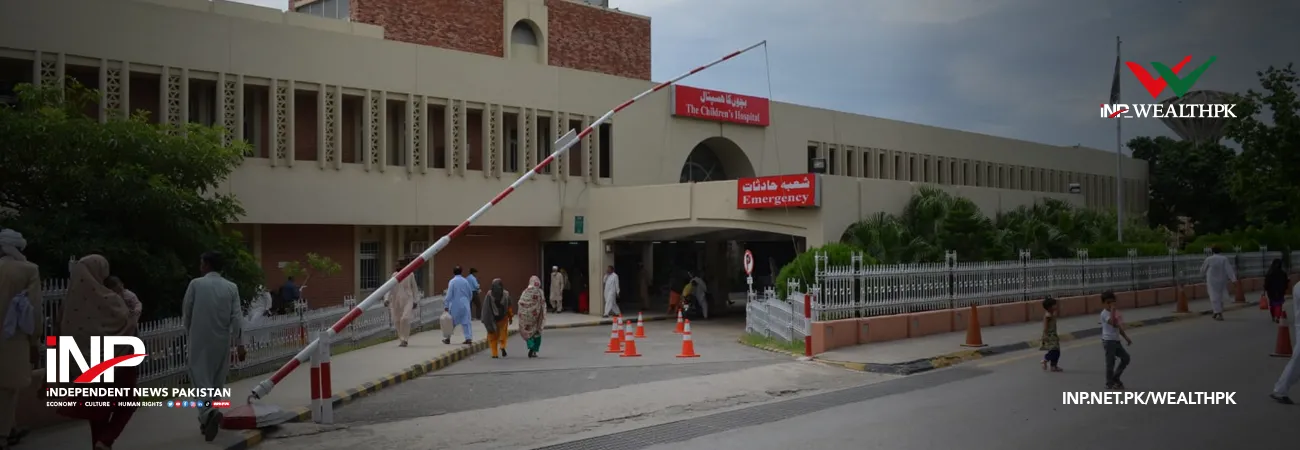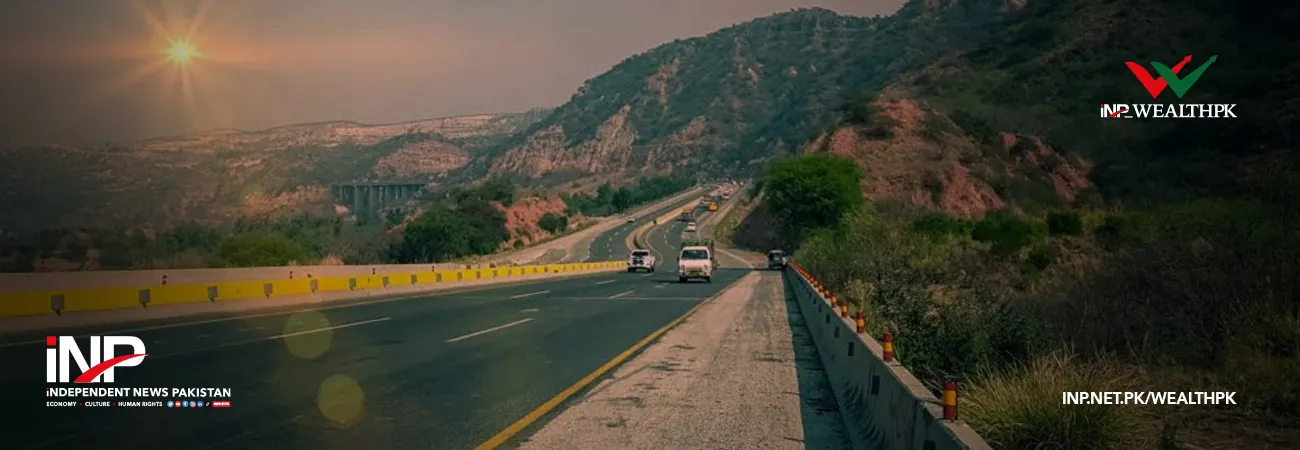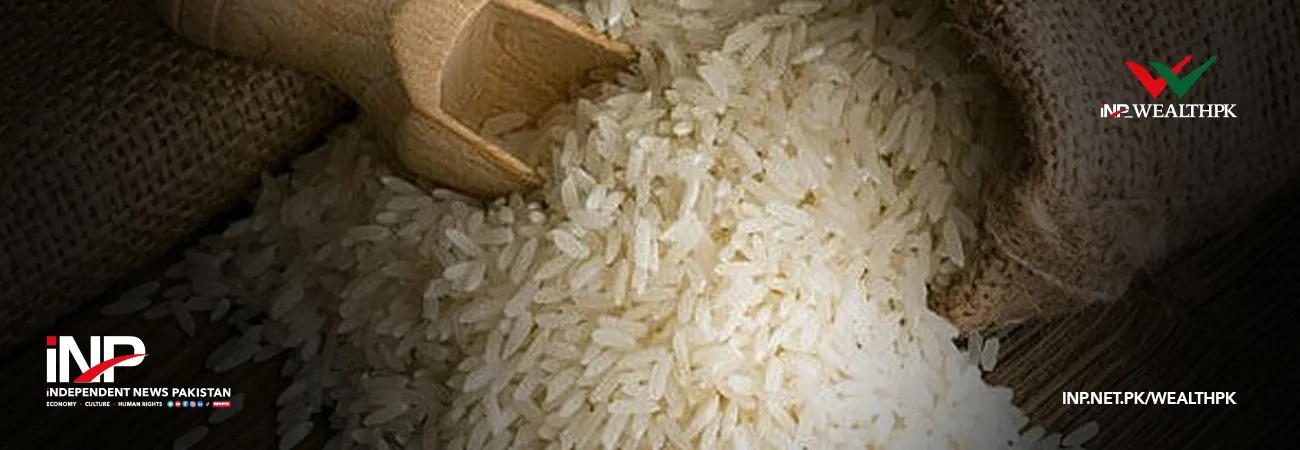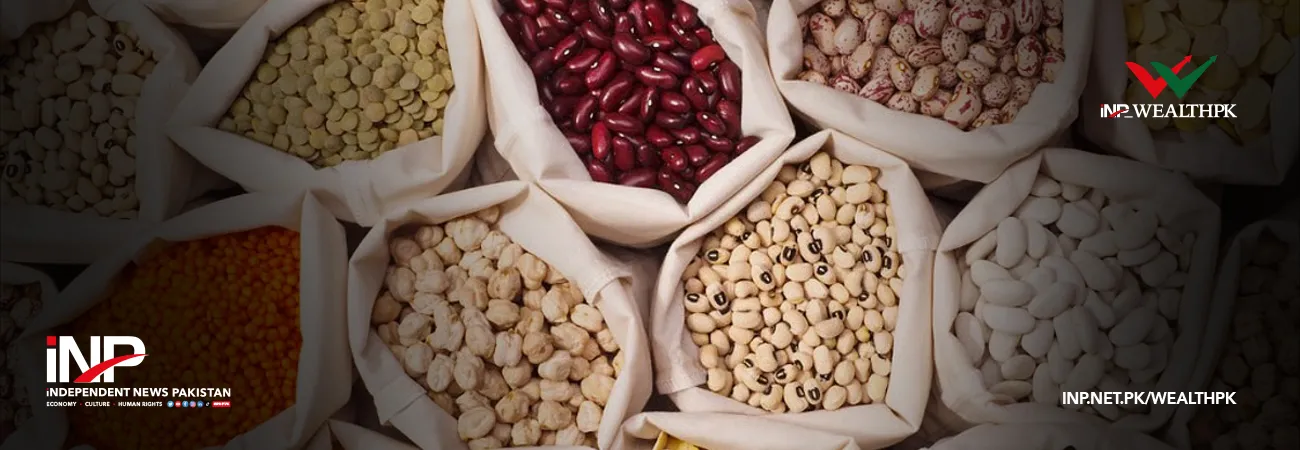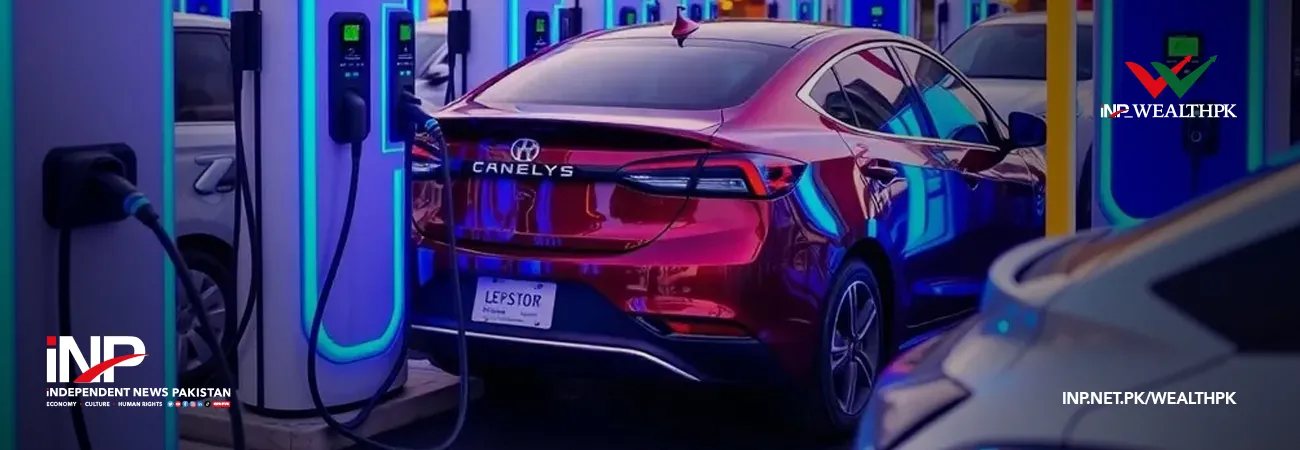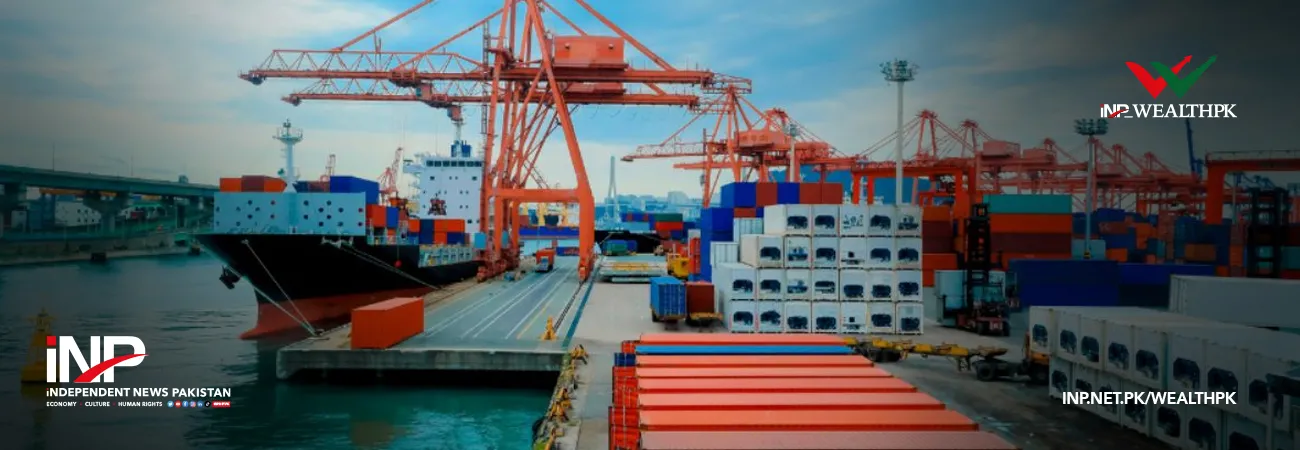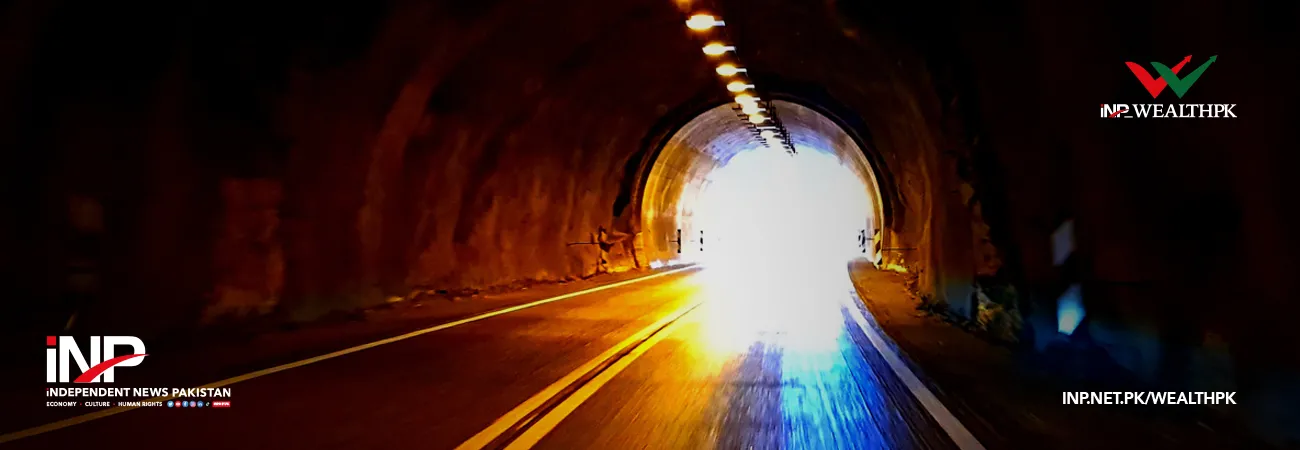INP-WealthPk
By Irfan Ahmed
ISLAMABAD, Jan. 31 (INP-Wealth) Blue economy is an emerging popular concept, which refers to the efficient use of water resources and safeguarding of the oceans for sustainable growth and development.
The development of blue economy is gaining importance because seven out of 17 Sustainable Development Goals (SDGs) are directly linked with the ocean ecosystem. Countries with seaports have more opportunities for development and economic growth. Pakistan is blessed with a vast ocean with huge 1,047 kilometers coastal area, natural harbors, blue resources, etc.
Blue economy encompasses many activities, such as shipping, ports, fishing, aquaculture, ship-breaking, coastal tourism and offshore basins. Unlike other developing countries, Pakistan did not benefit from the blue economy and it was in 2020 that the government started to focus on it and declared 2020 as the year of blue economy.
 source: World Bank
As per the close estimates, around 80 percent of world trade is carried out by sea. The global ocean economy is worth $24 trillion, with an annual value of goods and services at $2.5 trillion yearly and 350 million people employed in the seafood industry. Many developing countries have earned billions of dollars annually, but Pakistan’s revenue was just $450 million. The actual capability of Pakistan is to earn more than $100 billion.
Pakistan has an Exclusive Economic Zone and Continental Shelf covering 240,000 sq. km and 50,000 sq. km respectively. Pakistan also boasts mangrove forests and 0.6 million hectares of mangrove ecosystem which is the tenth largest in the world.
Pakistan is passing through the first phase of blue economic development and it needs to focus on the following sectors to boost blue economy.
The current export volume of Pakistan’s fishery industry is $415 million, while the potential worth of exports is about $2 billion. According to the Food and Agriculture Organization (FAO), the total fish production of Pakistan from all sources (inland, marine and aquaculture) is 771,608 tons. Pakistan exported 171,206 metric tons of seafood during the period FY2020-21.
The current position of revenue from ship-breaking is also less than the potential. The ship-breaking yard in Gadani has the potential to generate $3 billion annually, but currently it stands at $150 million. Gadani ship-breaking yard is the world's third largest ship breaking yard located across a 10-km beachfront.
Coastal tourism can play an important role in the economy of Pakistan. The Maritime Study Forum claims that the coastal tourism of Pakistan accounts for $60,000 currently, while the potential touches about $4 billion every year. Pakistan has beautiful beaches along its coastline. Tourism will increase people-to-people contact within the region and across the globe and attract them to visit Pakistan coastal areas.
Pakistan needs to increase the number of local vessels because currently 11 vessels are being operated by the Pakistan National Shipping Corporation and there are about 19,000 registered boats in Pakistan. If the capacity of the Shipping Corporation is increased, Pakistan can save more than $1.5 billion annually. Therefore, with the stability of blue economy, the economy of Pakistan would also develop.
Balochistan’s coastal areas is the best place for renewable energy and blue economy that needs to be exploited for sustainable development. Balochistan’s coastal area of 770 km along with 70 percent of the Arabian Sea and the total coastal area needs a great deal of consideration for the blue economy. Cheap and clean energy can be generated by installing wind projects in Balochistan.
Pakistan has two offshore resources – the Indus and the Makran in the Arabian Sea. The Indus offshore is the second-largest offshore in the world. Furthermore, an increase in investments in this side can stabilize the economy of Pakistan. Offshore resources are rich in minerals and oils, but they are untapped yet.
The maritime sector of an economy is a financially and technologically intensive sector. Therefore, reallocation of resources is required to extract potential benefits from the blue economy by restructuring and improving the existing infrastructure.
Pakistan needs to diversify and concentrate on the blue economy to create job opportunities in fisheries, aquaculture, shipping, tourism, and energy production. Moreover, under the China-Pakistan Economic Corridor, the blue economy of Pakistan is expected to flourish. Improvement of all these sectors will boost Pakistan’s economy.
source: World Bank
As per the close estimates, around 80 percent of world trade is carried out by sea. The global ocean economy is worth $24 trillion, with an annual value of goods and services at $2.5 trillion yearly and 350 million people employed in the seafood industry. Many developing countries have earned billions of dollars annually, but Pakistan’s revenue was just $450 million. The actual capability of Pakistan is to earn more than $100 billion.
Pakistan has an Exclusive Economic Zone and Continental Shelf covering 240,000 sq. km and 50,000 sq. km respectively. Pakistan also boasts mangrove forests and 0.6 million hectares of mangrove ecosystem which is the tenth largest in the world.
Pakistan is passing through the first phase of blue economic development and it needs to focus on the following sectors to boost blue economy.
The current export volume of Pakistan’s fishery industry is $415 million, while the potential worth of exports is about $2 billion. According to the Food and Agriculture Organization (FAO), the total fish production of Pakistan from all sources (inland, marine and aquaculture) is 771,608 tons. Pakistan exported 171,206 metric tons of seafood during the period FY2020-21.
The current position of revenue from ship-breaking is also less than the potential. The ship-breaking yard in Gadani has the potential to generate $3 billion annually, but currently it stands at $150 million. Gadani ship-breaking yard is the world's third largest ship breaking yard located across a 10-km beachfront.
Coastal tourism can play an important role in the economy of Pakistan. The Maritime Study Forum claims that the coastal tourism of Pakistan accounts for $60,000 currently, while the potential touches about $4 billion every year. Pakistan has beautiful beaches along its coastline. Tourism will increase people-to-people contact within the region and across the globe and attract them to visit Pakistan coastal areas.
Pakistan needs to increase the number of local vessels because currently 11 vessels are being operated by the Pakistan National Shipping Corporation and there are about 19,000 registered boats in Pakistan. If the capacity of the Shipping Corporation is increased, Pakistan can save more than $1.5 billion annually. Therefore, with the stability of blue economy, the economy of Pakistan would also develop.
Balochistan’s coastal areas is the best place for renewable energy and blue economy that needs to be exploited for sustainable development. Balochistan’s coastal area of 770 km along with 70 percent of the Arabian Sea and the total coastal area needs a great deal of consideration for the blue economy. Cheap and clean energy can be generated by installing wind projects in Balochistan.
Pakistan has two offshore resources – the Indus and the Makran in the Arabian Sea. The Indus offshore is the second-largest offshore in the world. Furthermore, an increase in investments in this side can stabilize the economy of Pakistan. Offshore resources are rich in minerals and oils, but they are untapped yet.
The maritime sector of an economy is a financially and technologically intensive sector. Therefore, reallocation of resources is required to extract potential benefits from the blue economy by restructuring and improving the existing infrastructure.
Pakistan needs to diversify and concentrate on the blue economy to create job opportunities in fisheries, aquaculture, shipping, tourism, and energy production. Moreover, under the China-Pakistan Economic Corridor, the blue economy of Pakistan is expected to flourish. Improvement of all these sectors will boost Pakistan’s economy.




